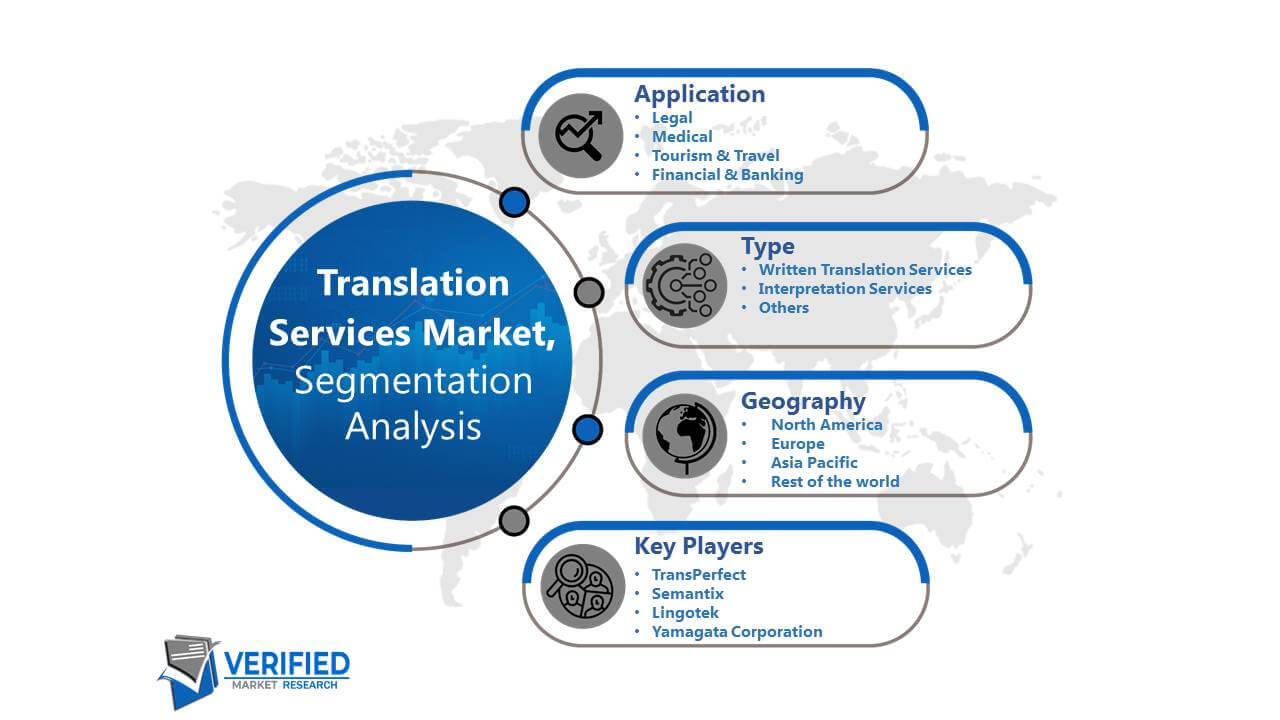Part
01
of five
Part
01
Localization Gig Economy Work Space - Markets
The big players in the content localization gig economy workspace include the language service sector, digital marketing space, and transport industry. The gig economy generates over $204 billion gross volume.
Language Service Industry
- According to a study, globalization and language services are among the fastest-growing sectors globally. People are using foreign languages more and more, in their personal lives and at work, which has led to an increase in demand for language translation services. The language service industry is applicable in all "aspects of economic and social life." Language service is essential when it comes to translating notarized documents, driver's licenses, technical documents, conference transcripts, and even in negotiations.
- According to research, the language service industry grew at an annual rate of 5.52% in 2017. In 2016, the global language service industry was valued at $40 billion according to Common Sense Advisory report. In 2020, the market size was estimated to reach $45 billion, growing at a CAGR of 6.5 – 7.5% from 2018.
Digital Marketing Industry
- To achieve international success, content created must adapt diversity in order to reach members of various cultures. Content localization, according to demographic, cultural, and economic differences, enables one to communicate with the international communities. The digital marketing industry has benefited from the localization of content and translations.
- Good quality digital marketing content localization service helps increase brand awareness, create shares in the global market, develops client loyalty, and offers a unique marketing strategy.
- Some companies use freelancers to provide email translation services, which helps companies to reach their target market through email marketing. The localized content is sent to emails as campaigns in local professional language. Some organizations localize corporate websites and activate search engine optimization to attract potential clients to their businesses.
- As a way of digital marketing, firms create a dialogue with followers on social media by localizing the content they post. Some freelancers in the gig economy transcreate campaign messaging and advertising to attract cultural appeal in local markets.
Transportation-Based Service
- The gig economy generates over $204 billion gross volume. The transportation-based services account for 58% of the $204 billion gross volume, according to research by MasterCard. The size of gig economy workspace is expected to grow at a CAGR of 17% to attain a gross volume of $455 billion by the year 2023.
- The success of the gig economy in the transportation-based sector is attributed to the translated application being used on digital platforms, like Uber, Doordash, Lyft, Careem. These apps have been localized to suit the needs of the diverse geographies. Digital platforms need a freelance driver to complete a request to use the content localized on the app. The services include carpooling, ride-sharing, goods delivery, and restaurant delivery.
